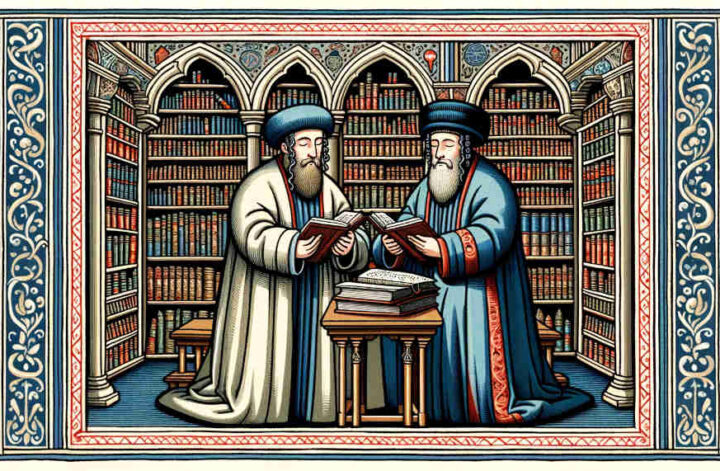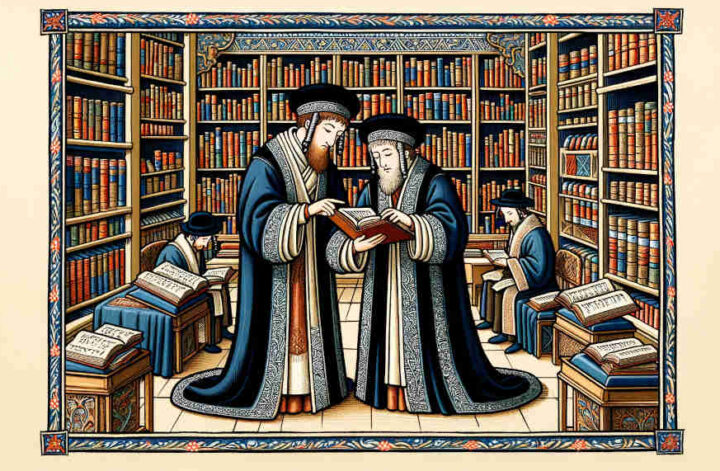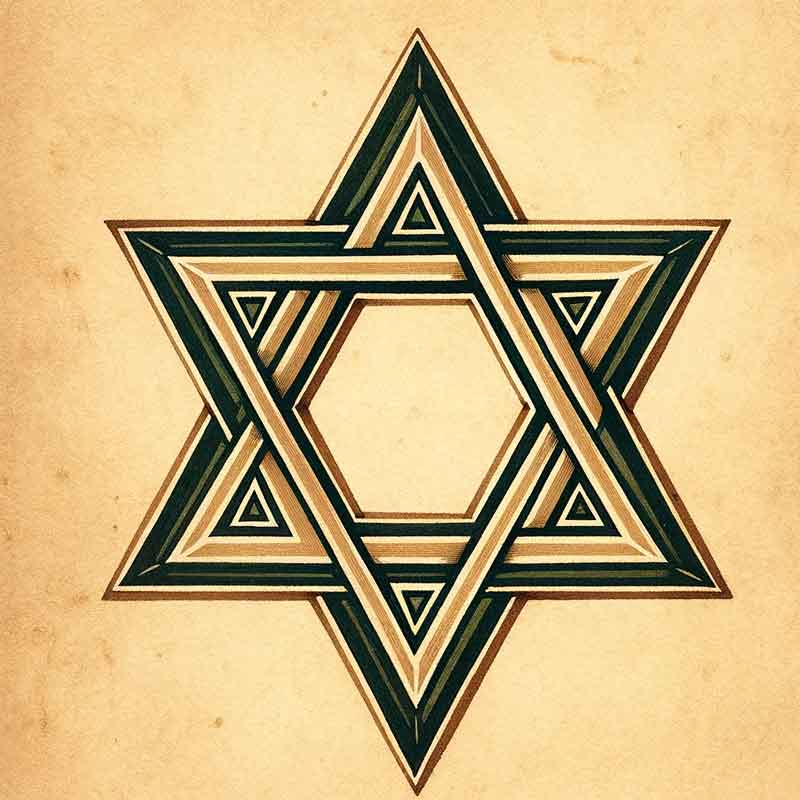From: Yonatan Cohen
Subject: Understanding Babylonian Talmud Sanhedrin 43a
Dear Rabbi Eliyahu,
I’ve been deeply intrigued by the Babylonian Talmud, particularly Sanhedrin 43a. Could you please elucidate its meaning and significance?
Thank you,
Yonatan
Exploring the Depths of Sanhedrin 43a
Dear Yonatan,
Your query about Sanhedrin 43a is both profound and significant. This passage in the Babylonian Talmud, a central text in Jewish tradition, offers a rich tapestry of legal and ethical discourse. Let us delve into its layers of meaning.
The Context and Narrative
Sanhedrin 43a is part of the Talmud’s discussion on the laws and procedures relating to capital punishment. The Talmud, in its characteristic manner, debates various legal points, bringing in multiple opinions and arguments. The core of this discussion revolves around the requirements for a fair trial, the necessity of warning before committing a capital offense, and the procedures for executing justice.
In the narrative woven into this legal discourse, there is a mention of “Yeshu,” a figure executed for leading Israel astray. The Talmudic text is layered and complex, often allegorical, requiring careful interpretation. This passage has been subject to various interpretations over the centuries, particularly in the context of Jewish-Christian relations. However, it is crucial to understand that the Talmud’s primary focus here is not historical but legal: exploring the depths of justice, fair trial, and the sanctity of life according to Jewish law.
Interpreting the Layers
The passage in Sanhedrin 43a, like much of the Talmud, is not merely a legal text but a moral and ethical guide. It challenges us to consider the weight of justice, the importance of due process, and the profound responsibility of those who wield legal authority. The Talmud teaches that justice must be pursued with rigor and compassion, balancing the letter of the law with its spirit.
In analyzing Talmudic texts, we often encounter multiple layers of interpretation: Peshat (simple), Remez (hint), Derash (inquire), and Sod (secret). Each layer offers a unique perspective, revealing the multifaceted wisdom of our tradition. In the case of Sanhedrin 43a, while the Peshat presents a historical narrative, the deeper layers invite us to reflect on timeless ethical and spiritual principles.
In conclusion, Sanhedrin 43a is not just a legal discussion; it is a profound exploration of justice, morality, and the human condition. As we study this passage, we are reminded of the enduring wisdom of the Talmud and its relevance to our lives today. May your journey into the depths of Talmudic study continue to be enriching and enlightening.
B’Shalom,
Rabbi Eliyahu


